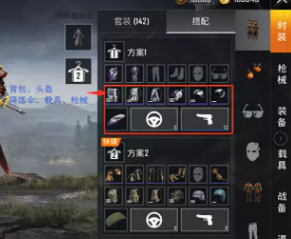digital currency group inc Reviews
1. Challenges and countermeasures of educational resourcesIn terms of social concept, many parents and social people are accustomed to the traditional large class teaching mode and think that large class teaching is a normal state. To change this concept, education departments and schools need to carry out extensive publicity. The exhibition of educational achievements can be held to show the outstanding achievements of students in small class teaching, including the achievements of students' academic progress and comprehensive quality improvement.In terms of educational concept, teachers also need to adapt to this change from large class teaching to small class teaching. Teacher training is particularly important. Schools can organize teachers to participate in training courses in small class teaching and learn the methods and skills of small class teaching, such as how to carry out personalized teaching and how to organize efficient group activities, so as to improve teachers' teaching ability to adapt to the new teaching mode.
(All text materials are automatically generated by ai intelligence)Japan and South Korea also have experience in class size control. Japanese school education emphasizes refined training, and the class size is generally small. In a class of 15 students, teachers can pay close attention to students' psychological state and learning progress. Japanese educational circles believe that a small class size helps to create a good teacher-student relationship, which has a positive impact on students' physical and mental health and learning motivation. According to the survey, in small class teaching in Japan, students' participation in class has increased by nearly 30% compared with that in large class.This class size is also convenient to carry out inquiry learning. Every student has more opportunities to participate in discussions and experiments, and it is no longer a few students who dominate classroom interaction. In science class, 15 students can be divided into several groups to carry out experimental exploration, and each student can operate the instrument, observe the experimental phenomena and put forward his own opinions. This is helpful to improve students' scientific inquiry ability and innovative thinking ability.
Drawing lessons from Europe, America, Japan and South Korea: Controlling the class size of primary and secondary schools and universities to 15 students to improve the quality of teaching and training.I. Successful experiences of Europe, America, Japan and South Korea
Strategy guide
Strategy guide
12-14
Strategy guide
12-14
Strategy guide
12-14
Strategy guide 12-14
<area date-time="zvHke">
<big lang="WHSawD9T"></big>
</area>
Strategy guide
12-14
Strategy guide
12-14
Strategy guide
12-14
Strategy guide 12-14
Strategy guide
12-14
Strategy guide
12-14
Strategy guide
12-14






































